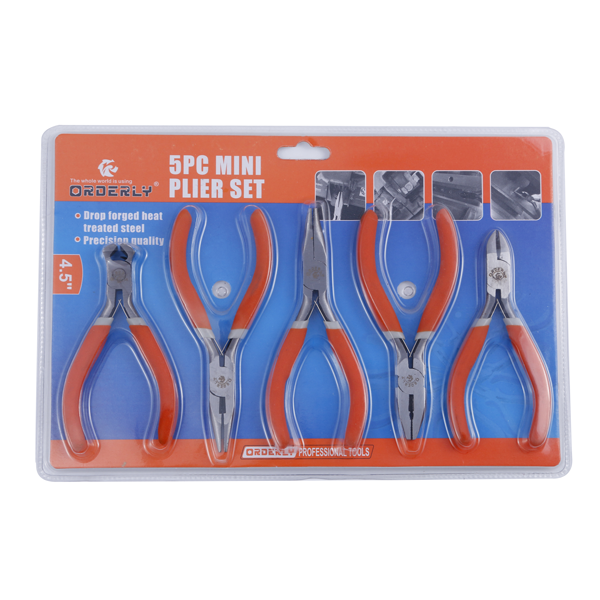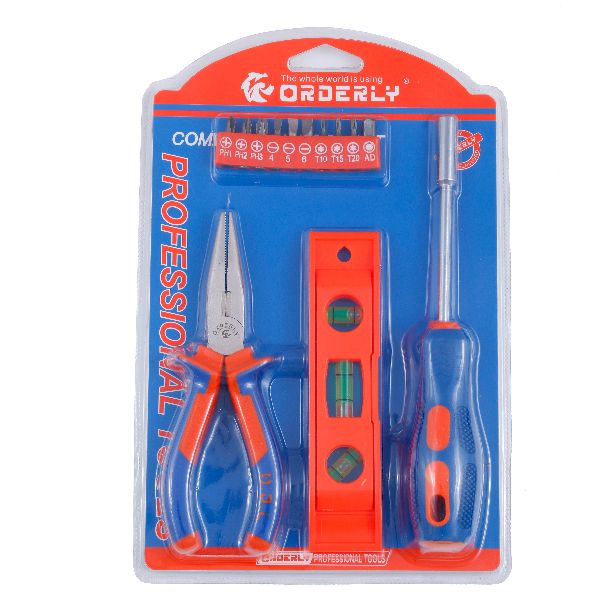Discover the intricate world of handloom weaving, an age-old art form that continues to inspire artisans and designers globally. This article aims to demystify the traditional handloom tools, essential for anyone looking to delve into the realm of textile art. Through understanding these tools, enthusiasts can appreciate the craftsmanship involved in creating handloom fabrics and potentially embark on their own weaving journey.

Introduction to Hand Loom Weaving
Handloom weaving, a practice steeped in tradition, involves the interlacing of threads to create fabric. This technique, while ancient, remains beloved for its ability to produce intricately patterned textiles. Unlike machine-made fabrics, handloom textiles are characteristically unique, often imbued with the weaver’s personal touch. Understanding the tools involved in this craft is the first step for anyone interested in exploring or appreciating this textile art form.

Essential Hand Loom Tools
The backbone of the handloom process is the loom itself, a framework used to hold the warp threads in place while the weft is woven through. Complementing the loom are various other tools, each serving a unique purpose. The shuttle carries the weft thread through the warp, enabling the weaver to create fabric by interlinking threads. The reed, another vital component, helps in spacing out the warp threads, ensuring uniformity in the weave. The beam secures the warp threads, facilitating an even tension throughout the weaving process.
Additional Tools for Precision and Creativity
Beyond the basics, several other tools elevate the weaving experience, allowing for precision and creativity. The heddles, for instance, control the movement of the warp threads, creating the shed through which the weft passes. This mechanism is crucial for pattern making. A variety of picks and combs are used to adjust the density of the fabric, ensuring that each weft thread is neatly tucked into place. Sizing tools or starching materials may also be employed to strengthen the yarn, reducing breakage and fraying.
Traditional and Modern Innovations
While the essence of handloom weaving remains unchanged, innovations in tool design have enhanced the weaver’s efficiency and creativity. Electronic aides, though not traditional, can be found in contemporary handloom practices, assisting in pattern development and loom setup. Despite these advancements, the allure of traditional tools—crafted from bamboo, wood, or metal—remains, offering an authentic handloom weaving experience.
Exploring the Art of Handloom Weaving
For those looking to dive into handloom weaving, understanding and acquiring the right tools is just the beginning. Courses, workshops, and online tutorials offer valuable insights into using these tools effectively. Moreover, joining a community of weavers can provide support and inspiration, turning the journey into a shared experience. With patience and practice, the art of handloom weaving opens up a world of creative possibilities.
In summary, the handloom tools list is more than just a catalog of equipment; it’s a gateway to the rich heritage and creative potential of handloom weaving. From the basic loom setup to the intricate use of heddles and shuttles, each tool plays a pivotal role in bringing textile visions to life. Whether you’re an aspiring weaver or a seasoned artisan, an understanding of these tools enhances appreciation for the craft and paves the way for endless exploration in the art of weaving.
